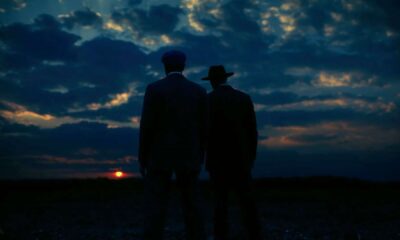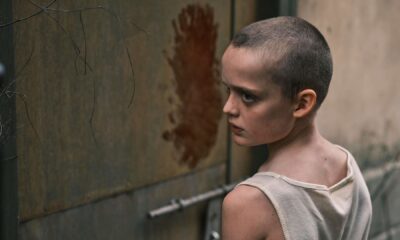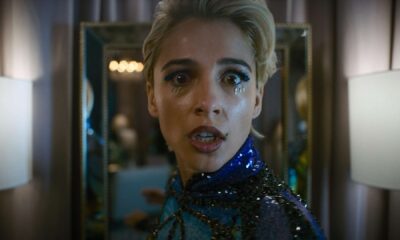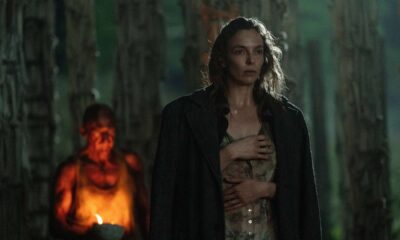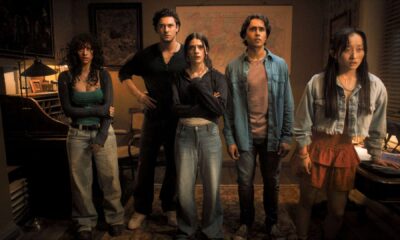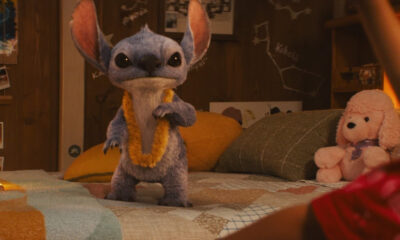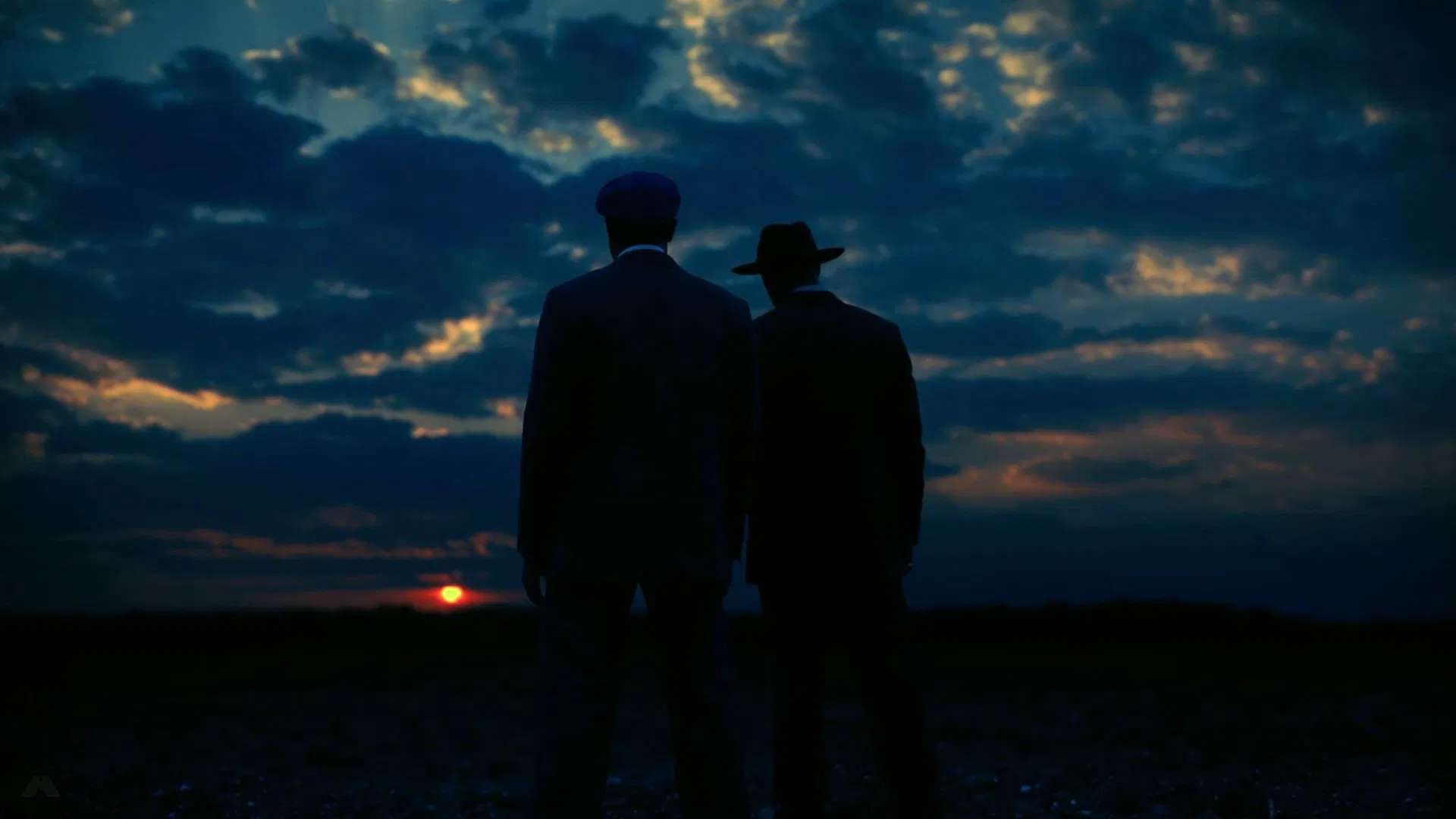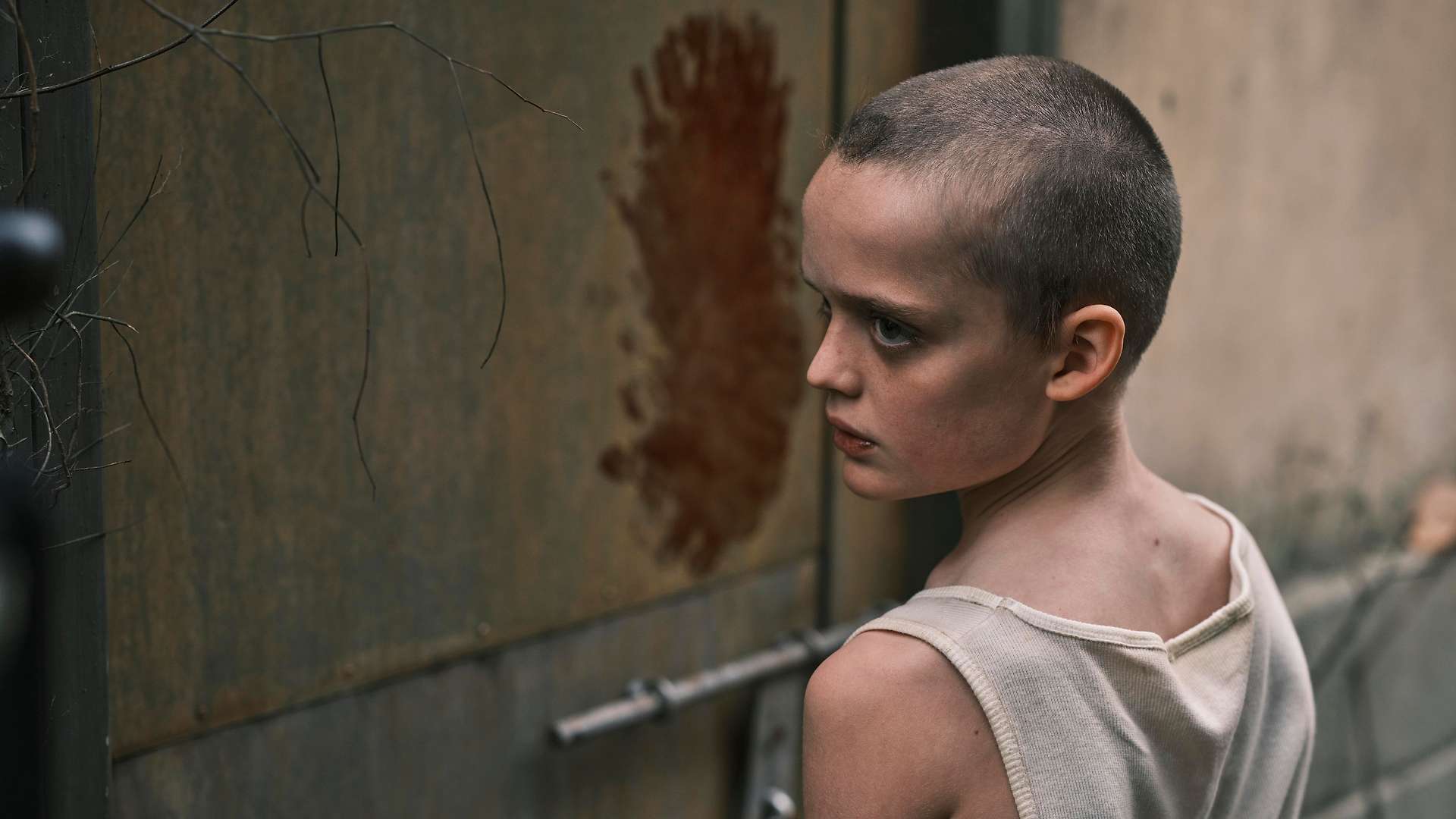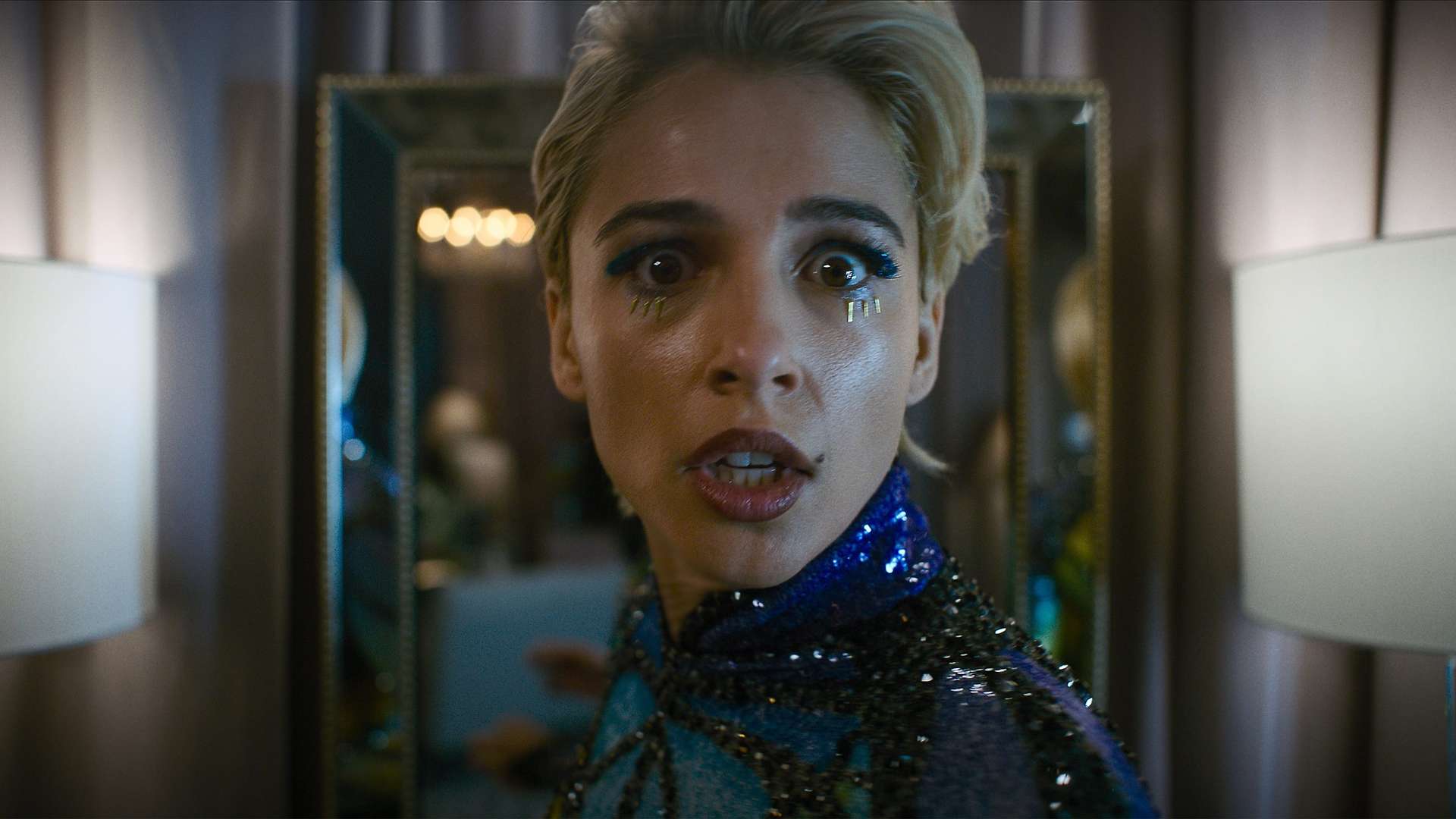Let’s be real: when you hear the name Nosferatu, you expect a certain level of eerie, gothic horror. You expect shadowy alleyways, haunting silence, and the slow, dreadful realization that something ancient and evil is creeping toward you. What you don’t expect is a bloated, overly self-serious art piece that stretches itself so thin you can practically see through it.
And yet, here we are.
Robert Eggers’ Nosferatu is what happens when a filmmaker is so focused on making a “serious” horror masterpiece that they forget to actually make it scary. Or engaging. Or, in some cases, even coherent. Sure, the film hits a few of the familiar beats of Dracula—because at the end of the day, that’s all Nosferatu really is, a bootleg Dracula with the serial numbers filed off—but it stretches itself over such a plodding runtime that it loses any real impact.
The result? A film that thinks it’s profound, but is actually just pretentious.
Let’s start with the title character himself: Count Orlok. Played by Bill Skarsgård, who has proven himself more than capable of being a terrifying horror villain (IT, Barbarian), Orlok in this version isn’t so much terrifying as he is just… weird.
First of all, that damn moustache. Who in the production department thought Nosferatu, one of the most unsettling vampire designs in cinematic history, should have facial hair? This isn’t The Grand Budapest Hotel, and Orlok isn’t some quirky Wes Anderson side character—he’s supposed to be an unholy thing, not the guy running the front desk at an Eastern European hotel in 1912. It’s genuinely baffling, because every time Orlok is on screen, instead of feeling dread, all you can think is, Why does he look like an evil landlord?
Aside from his questionable grooming choices, Orlok just isn’t that scary. He’s certainly grotesque, and Skarsgård does his best to channel something monstrous, but his version of the character often just comes off as a guy standing ominously in doorways. It’s less otherworldly terror and more your socially awkward coworker who doesn’t blink enough.
Then there’s Lily-Rose Depp as Ellen (the film’s stand-in for Mina Harker). Look, Depp is clearly trying here. She’s throwing herself into this role with everything she’s got, but the way the film frames her makes her come across less as a tragic gothic heroine and more like a freak (and not in the fun, Tim Burton way).
The movie can’t seem to decide whether she’s supposed to be innocent, tormented, possessed, or just plain unwell. Sometimes, she’s staring blankly into space like she’s in a perfume ad. Other times, she’s writhing in ways that suggest she might be in a different kind of horror film. If her performance seems confused, it’s because the script does her no favors. A stronger script might have given her more to work with, but as it stands, she spends most of the movie alternating between looking bewildered and looking like she’s trying to seduce Orlok for some reason.
And speaking of terrible character decisions…
Can we, as a society, please stop butchering Mina’s role in Dracula adaptations? Please?
Once again, we get a version of Dracula (Nosferatu, same thing) where Mina—sorry, Ellen—doesn’t get to be the intelligent, determined woman who outwits the vampire. No, no, that would be too much effort. Instead, the writers decide the best way to “empower” her character is to make her sacrifice herself to stop Orlok.
Why? Because horror movies still can’t grasp the idea that women in gothic horror stories don’t always have to die for the sake of emotional weight. The original Nosferatu did this too, so it’s not like this is new, but it’s still bullshit. It was bullshit in 1922, and it’s even more bullshit now.
The worst part? The way the movie frames her death as this grand, tragic moment, as if it’s some kind of profound statement. It’s not. It’s just lazy writing disguised as gothic storytelling.
Willem Dafoe, bless his unhinged little heart, seems to be the only person in this movie who realizes what kind of film he’s in. While the rest of the cast is drowning in self-seriousness, Dafoe is over here treating every line like he’s in a campy stage play, and honestly? It’s the best part of the movie.
Dafoe is always at his best when he’s allowed to lean into the absurd, and here, he takes that opportunity and runs with it. Every moment he’s on screen, you can feel the energy shift—suddenly, the film has life, because he refuses to let it wallow in its own misery. The downside? Every scene without Dafoe feels twice as slow by comparison.
Now, let’s talk about the changes this film makes to the classic Nosferatu/Dracula structure. Some of them could have been interesting, but instead, they feel completely arbitrary.
• Jonathan Harker (or Hutter, or whatever they want to call him in this version) is barely relevant. He exists, sure, but you could remove him entirely, and nothing about the story would change. He’s that pointless.
• Orlok’s motivations are vague at best. Why is he doing what he’s doing? What does he actually want? Unclear. He just sort of exists to be creepy and torment Ellen.
• The pacing is horrendous. The movie stretches itself out like it’s some slow-burn masterpiece, but it never earns that level of indulgence. Every scene lingers too long, every conversation takes twice as long as it should, and by the time anything interesting happens, you’re already mentally checked out.
At the end of the day, Nosferatu (2024) is a film that tries way too hard to be an artistic masterpiece but forgets that Nosferatu is, first and foremost, supposed to be scary. The horror is watered down, the pacing is sluggish, and the performances are a mixed bag of trying too hard and not trying hard enough.
Yes, there are some solid gothic visuals. Yes, Willem Dafoe is fun. But those things don’t make up for a film that’s so self-indulgent that it forgets to be entertaining.
And that damn moustache. I will never forgive them for that damn moustache.
Nosferatu
Summary
Yes, there are some solid gothic visuals. Yes, Willem Dafoe is fun. But those things don’t make up for a film that’s so self-indulgent that it forgets to be entertaining.
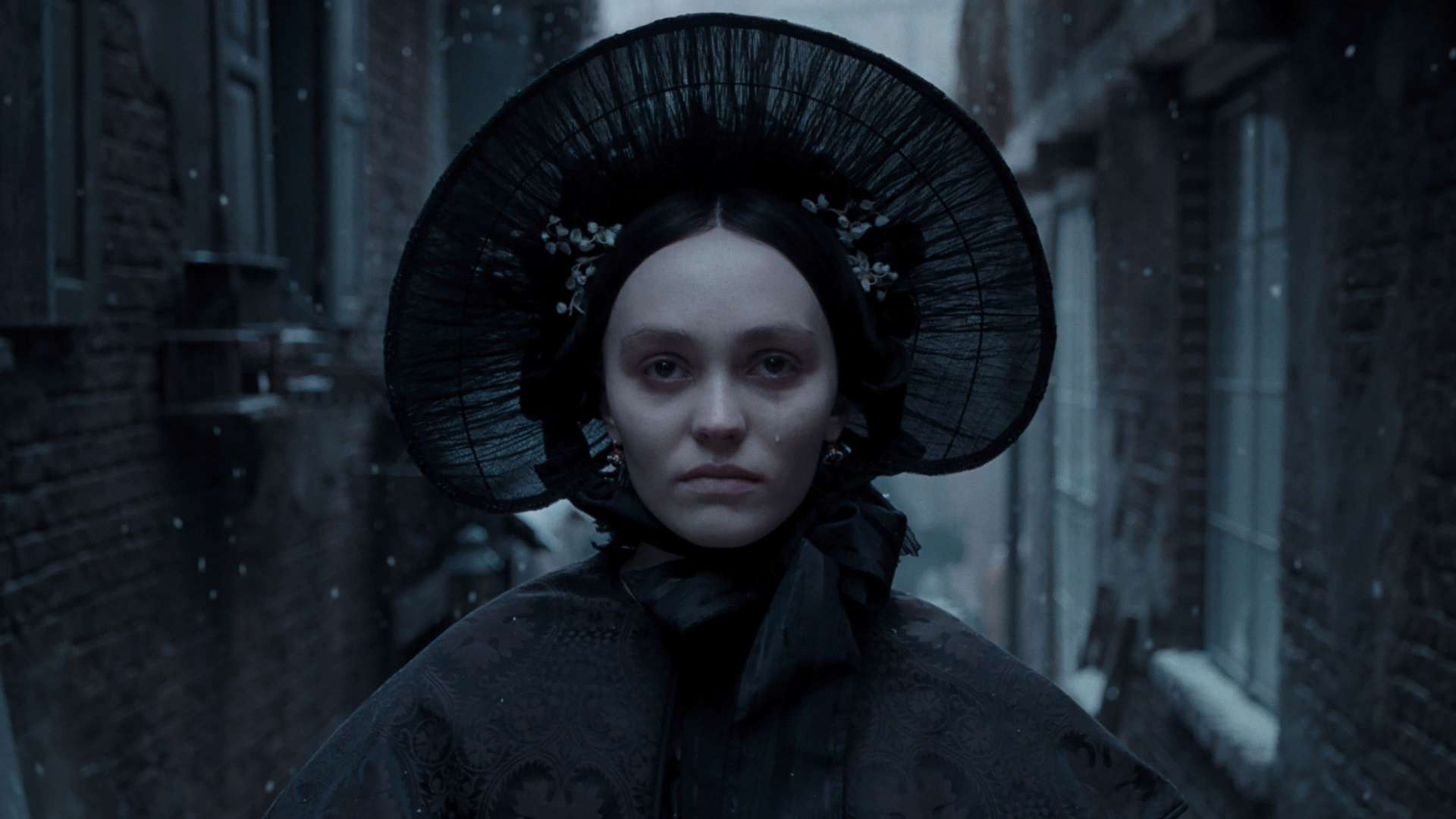
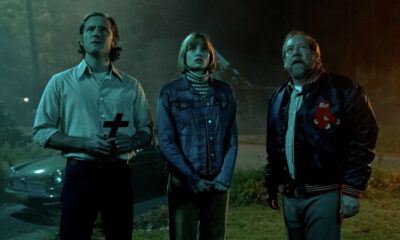
 Films1 year ago
Films1 year ago
 TV Shows2 years ago
TV Shows2 years ago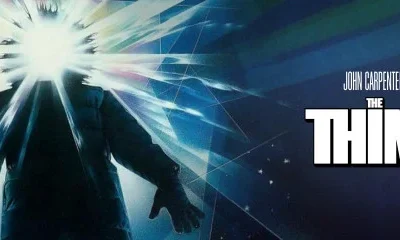
 Films2 years ago
Films2 years ago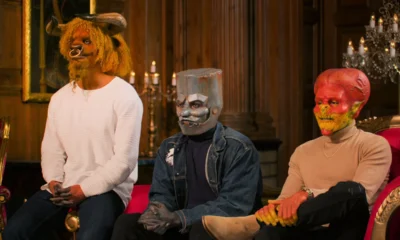
 TV Shows2 years ago
TV Shows2 years ago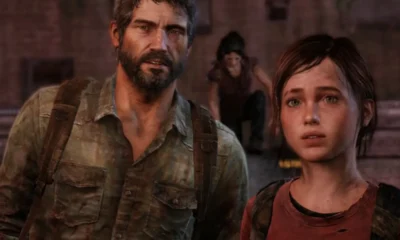
 Video Games2 years ago
Video Games2 years ago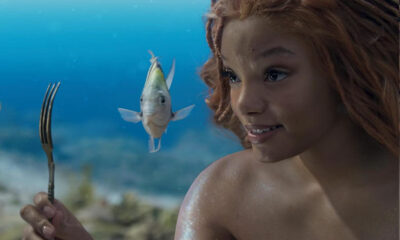
 Films2 years ago
Films2 years ago
 Video Games2 years ago
Video Games2 years ago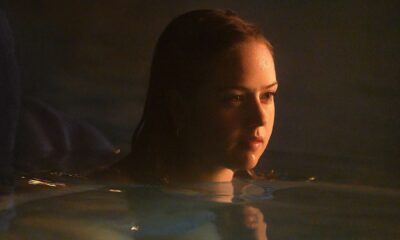
 Films2 years ago
Films2 years ago
